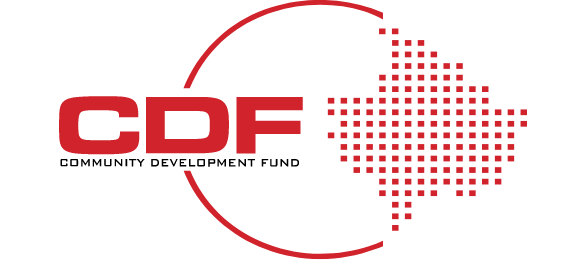In the intricate ecosystem of Micro, Small, and Medium-sized Enterprises (MSMEs), market access is often the dividing line between stagnation and growth. While most MSMEs aim to penetrate larger markets, the pathway is seldom straightforward. It involves more than just expanding the product line or ramping up marketing efforts; it’s about seamless value chain integration. This blog post aims to provide an in-depth, actionable blueprint for MSMEs to harness the power of value chain integration as a lever for accessing more extensive markets.
Understanding the Value Chain: More than Just Logistics
Before embarking on a journey of market expansion through value chain integration, it’s imperative to comprehend what the value chain actually entails. A value chain is not merely a logistical sequence of activities; it’s an interconnected web of value-adding processes that transform inputs into final products.
Example: Consider a boutique clothing brand. The value chain encompasses everything from sourcing raw materials to design, manufacturing, marketing, and final retail. Each step is a potential point for value addition and market differentiation.
Strategic Partnerships: A Win-Win Proposition
One of the most effective ways to integrate into a larger value chain is through strategic partnerships. These partnerships can be with suppliers, distributors, or even complementary businesses. Such alliances can offer MSMEs access to broader markets, better resources, and improved technologies.
Example: A small organic food producer might partner with a larger retail chain to gain shelf space in numerous locations, thereby significantly expanding its market reach.
Leveraging Technology for Seamless Integration
In today’s fast-paced digital landscape, technology is not just an enabler; it’s a strategic asset. Effective value chain integration often involves leveraging cutting-edge technologies to streamline operations and enhance collaboration with partners.
Example: Implementing a robust Enterprise Resource Planning (ERP) system can provide real-time visibility into inventory levels, order statuses, and financial metrics, thereby enabling better decision-making and smoother integration with larger partners.
Quality Assurance: Your Passport to Bigger Markets
Quality assurance is not just a compliance requirement; it’s a market entry ticket. Consistent quality and adherence to industry standards can make you an attractive partner in a larger value chain, thereby facilitating easier access to broader markets.
Example: A small electronics manufacturer that adheres to international quality standards is more likely to be considered as a supplier by a global brand, thereby gaining access to international markets.
Regulatory Compliance: A Non-Negotiable Criterion
For MSMEs aiming for value chain integration, compliance with regulations is not just a legal necessity; it’s a business imperative. Inconsistent or incomplete compliance can severely hamper your chances of integrating into larger value chains.
Example: An MSME in the pharmaceutical sector must adhere to stringent quality and safety regulations to even be considered as a potential partner by larger pharmaceutical companies.
Marketing and Branding: Crafting Your Narrative
Your marketing and branding efforts play a crucial role in your market access strategy. A strong brand image can make you an attractive partner within a larger value chain, thereby facilitating easier access to more extensive markets.
Example: A small, artisanal coffee brand with a strong sustainability narrative could be an attractive partner for a larger, environmentally-conscious retail chain looking to diversify its product range.
Monitoring and Metrics: Keeping Your Finger on the Pulse
Just like any other business strategy, the effectiveness of your value chain integration efforts needs to be regularly measured through relevant Key Performance Indicators (KPIs).
Example: For an MSME in the e-commerce sector, KPIs could include metrics like ‘Time to Market’ for new products, ‘Partner Satisfaction Scores,’ or ‘Cost Savings Achieved through Integration.’








